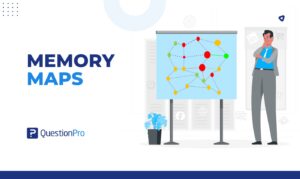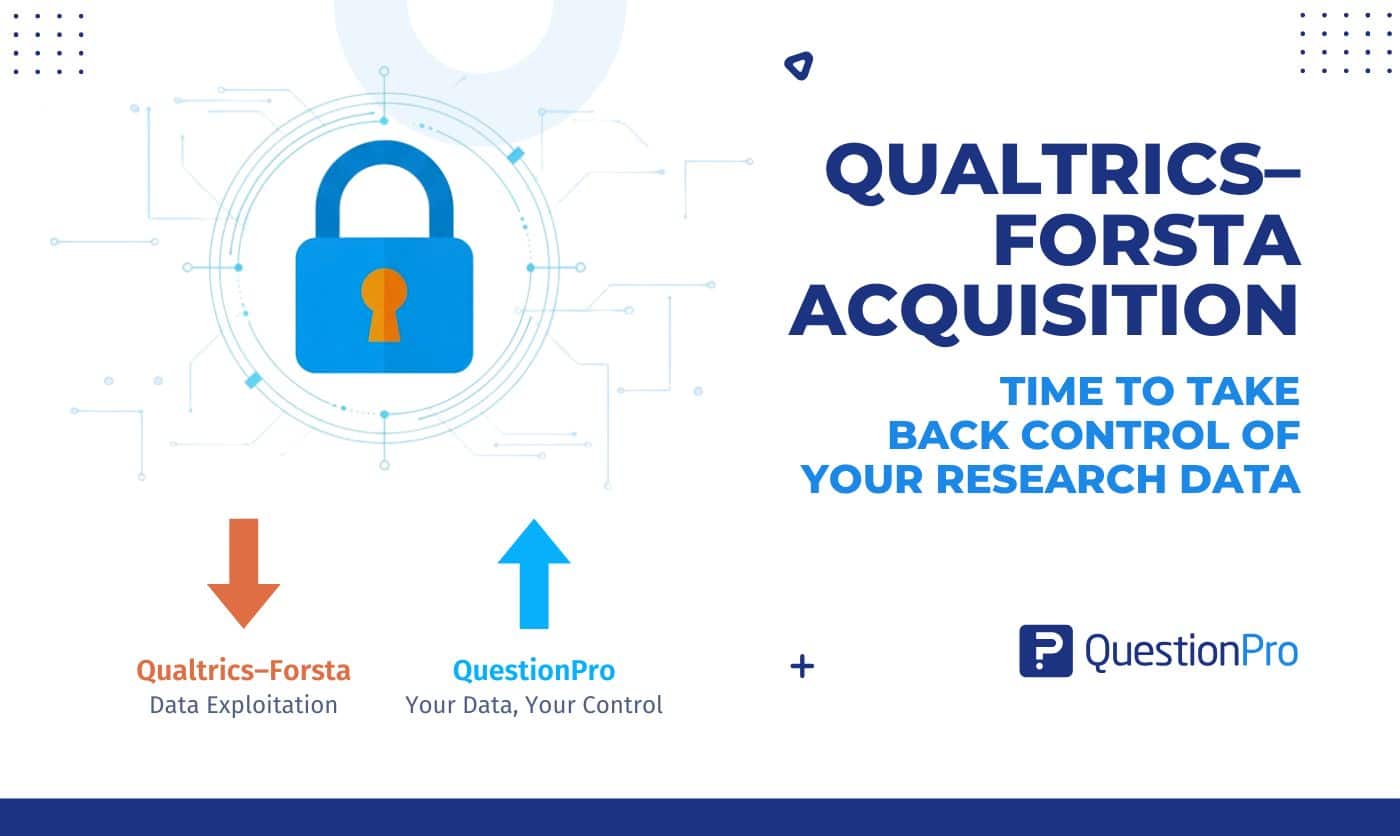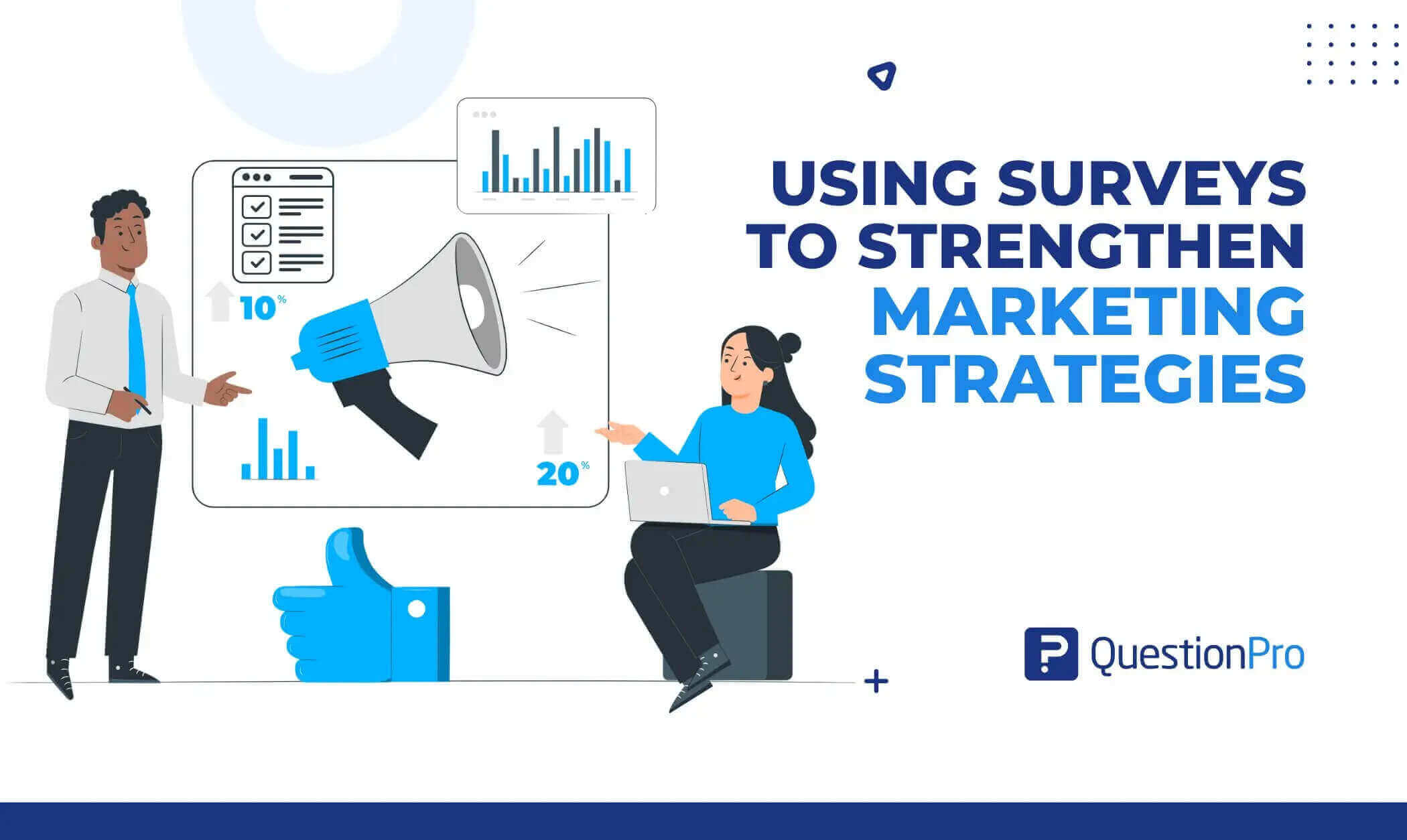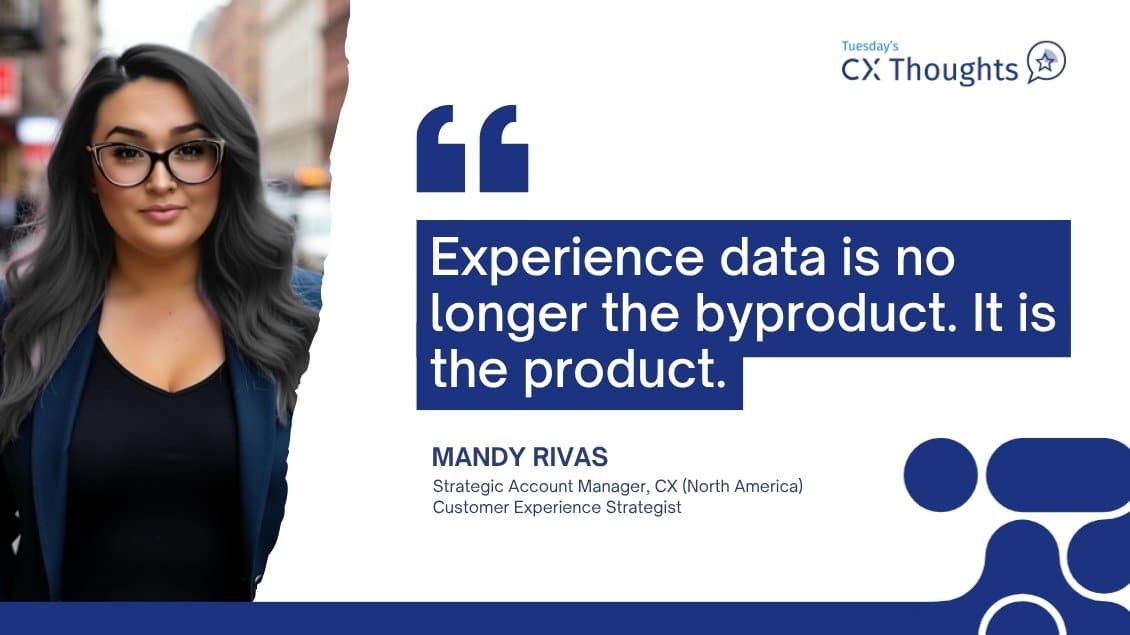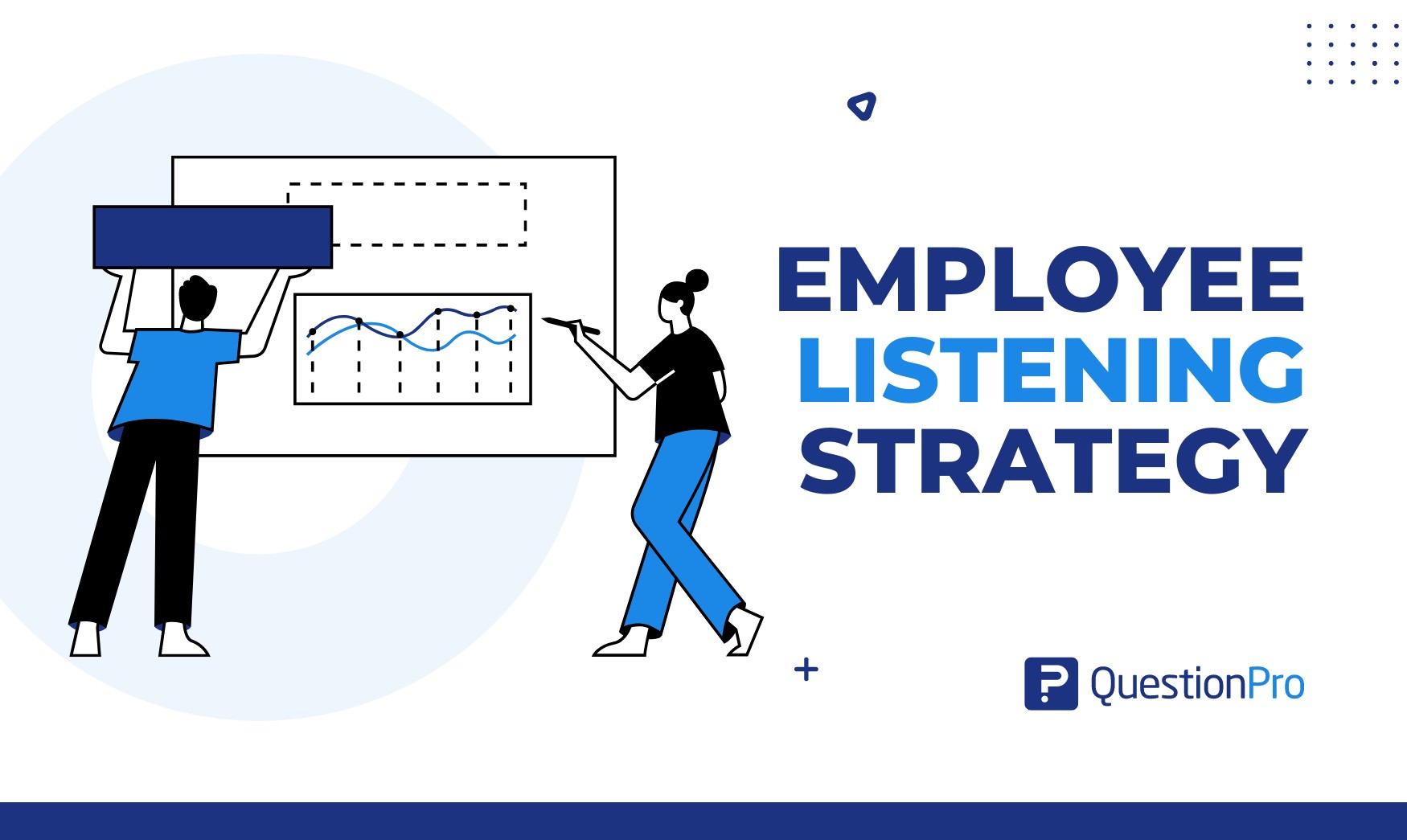
Listening to your employees goes beyond just asking them questions; it’s about truly understanding and improving their experience at work. Sometimes, what we think we know about our employees’ concerns and motivations may not match reality. An effective employee listening strategy helps you uncover your workforce’s genuine thoughts and feelings.
Good employee listening is more important than ever. It helps organizations navigate challenges, adapt to changes, and deal with uncertainties. By gathering employee feedback, you can find out the truth, avoid guesswork, and identify areas where more information is needed.
In this blog, we’ll cover everything from choosing the right tools to helping you build a strategy that creates a supportive, engaged, and successful workplace. Let’s explore how to develop an effective employee listening strategy that makes continuous improvement and boosts overall organizational success.
What is an Employee Listening Strategy?
An Employee Listening Strategy is a structured approach or plan implemented by organizations to effectively gather, analyze, and respond to employee feedback. It involves creating systematic channels and processes for employees to share their thoughts, concerns, and ideas about various aspects of their work environment. The strategy aims to create a culture of open communication, trust, and collaboration by ensuring that employee feedback is actively listened to, understood, and acted upon to drive positive changes within the organization.
Why Do You Need an Employee Listening Strategy?
An effective employee listening strategy can be the difference between a thriving organization and one that struggles to retain talent and maintain morale. Here’s why implementing such a strategy is essential.
1. To Understand Needs and Concerns
Employees are the backbone of any organization. To keep your team motivated and productive, you must understand their needs and concerns. An employee listening strategy allows you to gather insights into what your team members think and feel. This understanding helps you:
- Address issues early.
- Preventing small problems from escalating into major disruptions.
2. It Improves Communication and builds trust
Effective communication is a two-way street. By actively listening to your employees, you demonstrate that their opinions and contributions matter. This practice not only improves communication but also builds trust. When employees feel heard, they are more likely to communicate openly and honestly, creating a healthier work environment.
3. You Can Gather Valuable Feedback With an Employee Listening Strategy
Your employees are on the front lines, interacting with processes, clients, and systems daily. They have valuable insights that can help improve your organization. An employee listening strategy enables you to:
- Collect this feedback systematically.
- Providing you with actionable information to refine processes.
- Enhance customer experiences and streamline operations.
4. It Identify Potential Problems Early
An effective listening strategy helps you stay attuned to the pulse of your organization. By regularly checking in with your employees, you can identify potential problems or dissatisfaction early on. This proactive approach allows you to address issues before they impact morale, productivity, or retention.
5. Help You to Encourage a Culture of Openness
Creating a culture of openness is essential for continuous improvement. When employees know their voices are heard, they are more likely to share their ideas and concerns. This openness leads to a more innovative and agile organization, better equipped to adapt to changing market conditions and internal challenges.
6. It Increases Employee Loyalty
Employees who feel valued and heard are more likely to be loyal to the company. This loyalty translates into lower turnover rates and a more stable workforce. Retaining experienced and skilled employees is crucial for maintaining continuity and achieving long-term success.
How to Build a Strong Employee Listening Strategy?
Strong workplace relationships are built on mutual trust, effective communication, and respect. A key element in building these relationships is actively listening to employees and ensuring they feel heard. A well-rounded employee listening strategy should involve goal-setting, regular analysis, and taking meaningful action. Here’s how to develop an effective employee listening strategy from the ground up:
1. Set Your Goals
Identifying your goals is crucial for an effective employee listening strategy. These objectives will define what you aim to achieve and guide the strategy at various levels.
Goals for an effective employee listening strategy include:
- Enhance Employee Engagement: Create a sense of belonging and commitment by addressing employee concerns and improving their overall experience.
- Improve Organizational Culture: Cultivate a workplace culture that values open communication, inclusivity, and continuous improvement.
- Boost Performance and Productivity: Use employee feedback to develop actionable strategies that enhance overall performance and productivity.
- Reduce Turnover: Identify and address factors contributing to employee dissatisfaction and lower turnover rates.
- Enhance Leadership Effectiveness: Provide business leaders with insights to make informed decisions and demonstrate responsive and empathetic leadership.
2. Choose Your Listening Channels
Utilize multiple channels to collect valuable data on employees’ sentiments, thoughts, and expectations. Consider the following major types of listening channels:
- Employee Surveys: These are widely used to gather feedback on employee challenges and obstacles.
- Performance Reviews: One-on-one meetings during performance reviews provide an optimal platform for gathering employee opinions and discussing their aspirations and suggestions for organizational improvements.
- Focus Groups: These build inclusion by facilitating the exchange and collation of insights among diverse employees.
3. Be Transparent in Your Communication
Clearly communicate the purpose behind a successful employee listening program to your employees, emphasizing your commitment to enhancing their work experience. Transparent communication encourages employees to contribute actively to employee listening efforts.
4. Assess Your Data
Collecting employee feedback is just the first step. The crucial task is transforming this feedback into actionable insights. For example, after introducing a new benefits program, distribute survey forms promptly to gauge employee reactions. This proactive approach ensures timely and relevant insights for continuous improvement.
5. Act on the Feedback
Employees may become reluctant to share their opinions if they feel their concerns are ignored. Use the analyzed data to drive meaningful action that positively impacts the employee experience. Address core issues and communicate your plans to show employees that their voices are valued.
6. Establish a Safe and Inclusive Environment
Create a culture of psychological safety where employees feel comfortable expressing their concerns without fear of adverse consequences. A continuous listening strategy requires a secure and inclusive environment that encourages open communication and equal opportunities for feedback at all levels.
7. Measure the Progress
After implementing your strategies, assess how comfortable employees are in expressing their thoughts and concerns. Evaluate which listening channels have higher engagement rates and optimize your approach based on these insights. Adjust your strategy if there is no noticeable improvement in employee engagement, experience, or productivity.
Following these steps can build a robust employee listening strategy that creates a positive, engaging, and productive work environment. Now, let’s explore some examples to learn more about this.
Example of Successful Employee Listening Strategies
Effective employee listening strategies can significantly enhance engagement, satisfaction, and overall organizational performance. Here are some standout examples of companies that have excelled in this area.
1. QuestionPro Workforce
QuestionPro Workforce takes a holistic approach to understanding and improving the employee experience.
- Employee Surveys: Regular surveys capture insights into satisfaction, engagement, and areas needing improvement. These surveys are part of a broader strategy to create open communication.
- Pulse Surveys: Real-time feedback on specific issues allows for quick adjustments and responsiveness to employee needs.
- Continuous Feedback Loops: Channels such as suggestion boxes, virtual town halls, and direct manager-employee dialogues ensure ongoing feedback.
- Data Analytics: Advanced analytics tools provide actionable insights from the collected feedback, driving meaningful changes in policies and processes.
Impact:
- QuestionPro Workforce’s strategy has led to improved employee satisfaction and engagement. By listening attentively and responding proactively, they build a supportive environment where employees feel valued and motivated.
2. Google
Google uses a multifaceted approach to gather employee feedback and ensure their voices are heard.
- Googlegeist Survey: An annual employee survey that measures employee satisfaction, workplace culture, and leadership effectiveness. The anonymity of the survey encourages honest and open feedback.
- Town Hall Meetings: Regular meetings where employees can directly ask questions to senior executives. This promotes transparency and open dialogue.
- Google Moderator: An internal platform that allows employees to submit and vote on questions they want leadership to address, ensuring the most important issues are prioritized.
Impact:
- Google’s commitment to listening to its employees has resulted in high levels of satisfaction and engagement. Feedback from surveys and town hall meetings has driven improvements in company policies, benefits, and overall culture, solidifying Google’s reputation as a top employer.
3. Microsoft
Microsoft’s employee listening strategy includes regular surveys, feedback channels, and practices that promote inclusivity and open communication.
- Pulse Surveys: These surveys provide real-time feedback on specific topics, allowing the company to quickly address issues.
- Microsoft Teams: This platform facilitates open communication and feedback among employees, supporting continuous dialogue and collaboration.
- Employee Resource Groups (ERGs): ERGs offer forums for employees to connect based on shared interests or identities, contributing to a sense of belonging and allowing feedback on diversity, equity, and inclusion initiatives.
Impact:
- Microsoft’s listening strategy has led to improved engagement and retention. By incorporating feedback from pulse surveys and building a culture of open communication, Microsoft ensures that employees feel valued and heard.
How QuestionPro Workforce help in creating an Employee Listening Strategy?
Continuous employee listening is a critical strategy for understanding and addressing the needs, concerns, and aspirations of employees. QuestionPro Workforce, a leading employee experience management platform, provides excellent tools and features to help organizations implement a robust employee listening strategy. Here’s how QuestionPro Workforce can help.
Excellent Survey Tools
QuestionPro provides a wide range of survey tools that allow organizations to create customized surveys tailored to their specific needs. These tools include:
- Employee Engagement Surveys
- Pulse Surveys
- 360-Degree FeedbackConclusion
Advanced Analytics
One of the standout features of QuestionPro is its advanced analytics capabilities. The employee listening survey platform offers real-time data analysis to get immediate access to survey results, allowing for prompt action. With QuestionPro’s sentiment analysis, you can understand the emotional tone of employee feedback to gauge overall sentiment. Also, trend Analysis helps to track changes in employee sentiment over time to identify emerging issues or improvements.
Employee Experience (EX) Management
QuestionPro’s EX Management platform integrates various feedback channels, offering a holistic view of the employee experience. This includes:
- Onboarding Surveys: Understand new hires’ experiences and identify areas for improvement in the onboarding process.
- Exit Surveys: Gain insights into why employees are leaving and address underlying issues.
- Continuous Listening: Regularly gather feedback at various stages of the employee lifecycle to ensure ongoing engagement and satisfaction.
Customizable and Scalable Solutions
QuestionPro offers highly customizable survey solutions that can be tailored to fit the unique needs of any organization. Whether you have a small team or a large, global workforce, QuestionPro’s scalable solutions can accommodate your requirements.
Anonymous and Confidential Feedback
Ensuring the confidentiality of employee feedback is crucial for obtaining honest and candid responses. QuestionPro allows for anonymous surveys, which encourages employees to share their true thoughts and concerns without fear of repercussions.
Conclusion
An effective employee listening strategy is more than just a tool; it is a commitment to creating a workplace where every voice matters. This strategy not only enhances employee engagement but also ensures organizational success in the long run. Embracing employee feedback as a cornerstone of your organizational culture is key to staying competitive in today’s rapidly evolving business landscape.
QuestionPro Workforce provides the tools and capabilities needed to create a robust employee listening strategy. By exploring QuestionPro Workforce, organizations can enhance employee engagement, improve decision-making, increase retention rates, and drive continuous improvement.
Implementing a successful employee listening strategy with QuestionPro Workforce benefits employees and contributes to the organization’s overall success. Contact us for further information.




